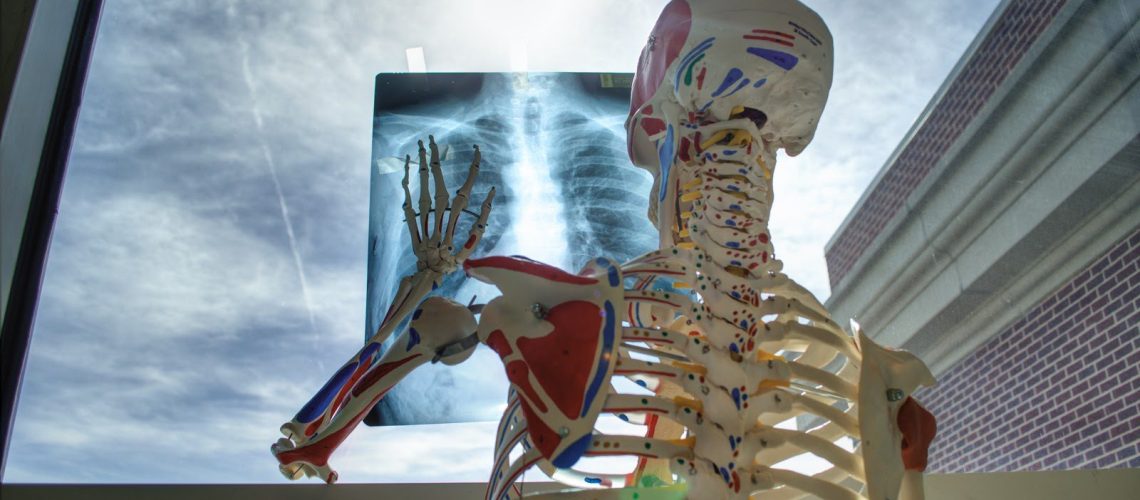Not necessarily. In many cases of uncomplicated musculoskeletal pain, x-rays may be unhelpful at best and create unnecessary worry and additional interventions at worst.
A good doctor should be able to screen for potentially serious problems – things like fractures, tears, infections, or tumors – by taking a good history and doing a thorough exam. Ordering x-rays, MRIs, and CT scans without a legitimate suspicion of something serious is often a waste of resources and may find “incidentalomas” or normal changes associated with aging that aren’t necessarily part of the problem.
According to the Choosing Wisely guidelines created by the American Academy of Family Physicians. In the absence of significant trauma that may have caused a bone fracture, or torn ligaments or tendons, imaging is indicated for the following:
- Weight loss that you cannot explain
- Fever over 102° F
- Loss of control of your bowel or bladder
- Loss of feeling or strength in your legs or arms
- Problems with your reflexes
- A history of cancer
Most common acute musculoskeletal complaints – things like “I slept wrong,” or “I overdid it at the gym,” – soft tissue injuries will start healing over the course of 4-6 weeks with proper care. This does not include taking a bunch of OTC medications to cover the pain. This can slow healing by allowing you to do thigs that you should not. Of course, there is a time and place for medications, but like any medical intervention they have the possibility of doing harm too.
For acute injuries, you should start by giving your body some PEACE & LOVE. Rest for a short time as possible, then get moving as soon and as safely as possible. In our office, we use chiropractic adjustments, microcurrent, and gentle exercise to get you out of pain and moving again.
“He who treats the site of pain is lost.” — Dr. Karel Lewit
As you get older, degenerative and arthritic changes often appear on x rays and MRIs. However, unless they have progressed to the point of significant structural changes, they are not usually the “cause” of the pain. Generally, they are a sign that something has been injured or malfunctioning for months or years.
In the case of recurring or chronic pain, your brain and body will create adaptations and compensations for an old injury or bad habit. Treating pain may help short term, but won’t usually have lasting results. A more thorough functional evaluation of mobility, strength, and nerve function can help find the underlying problems. Unfortunately, many people (and even health care providers who should know better) take these normal aging findings as a sign that they are “broken” or “just getting old” – that there is nothing that can be done. This is usually just not true. The best medicine for these types of issues is almost always moving better and moving more.
If you have an acute injury or chronic pain that you haven’t been able to get good answers and care for, please give us a call so we can help get you moving better, healing better, and feeling better.

